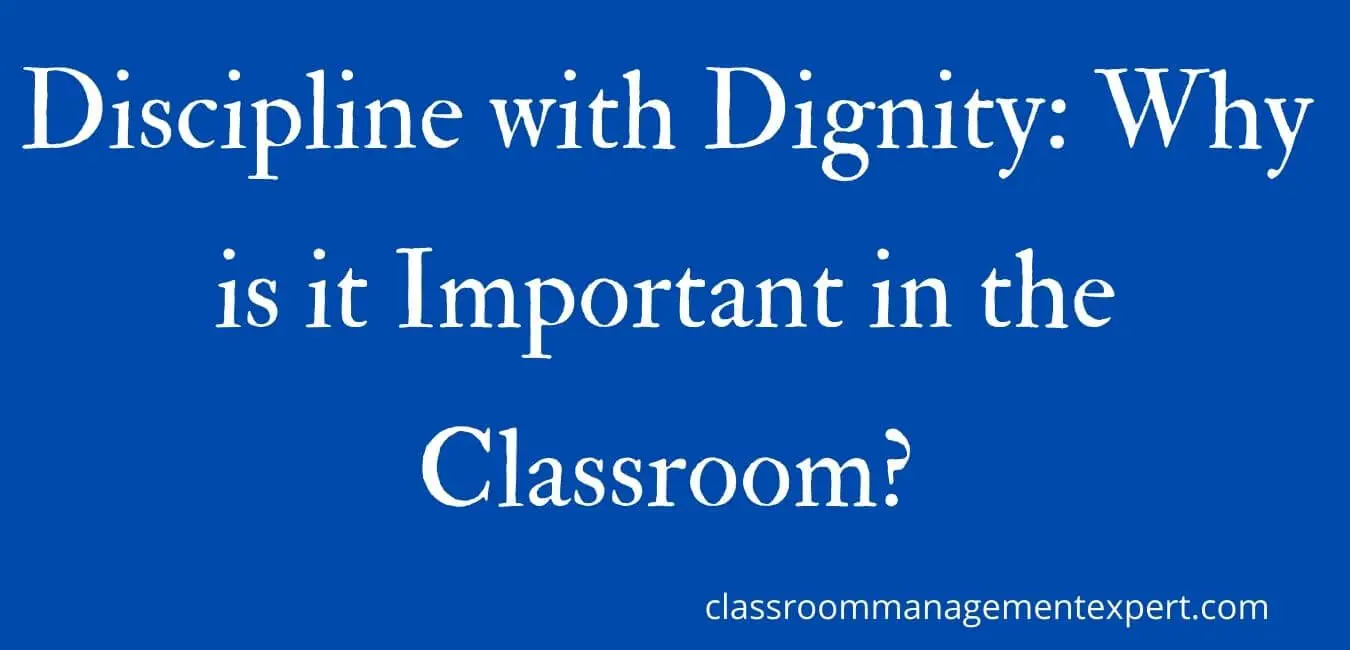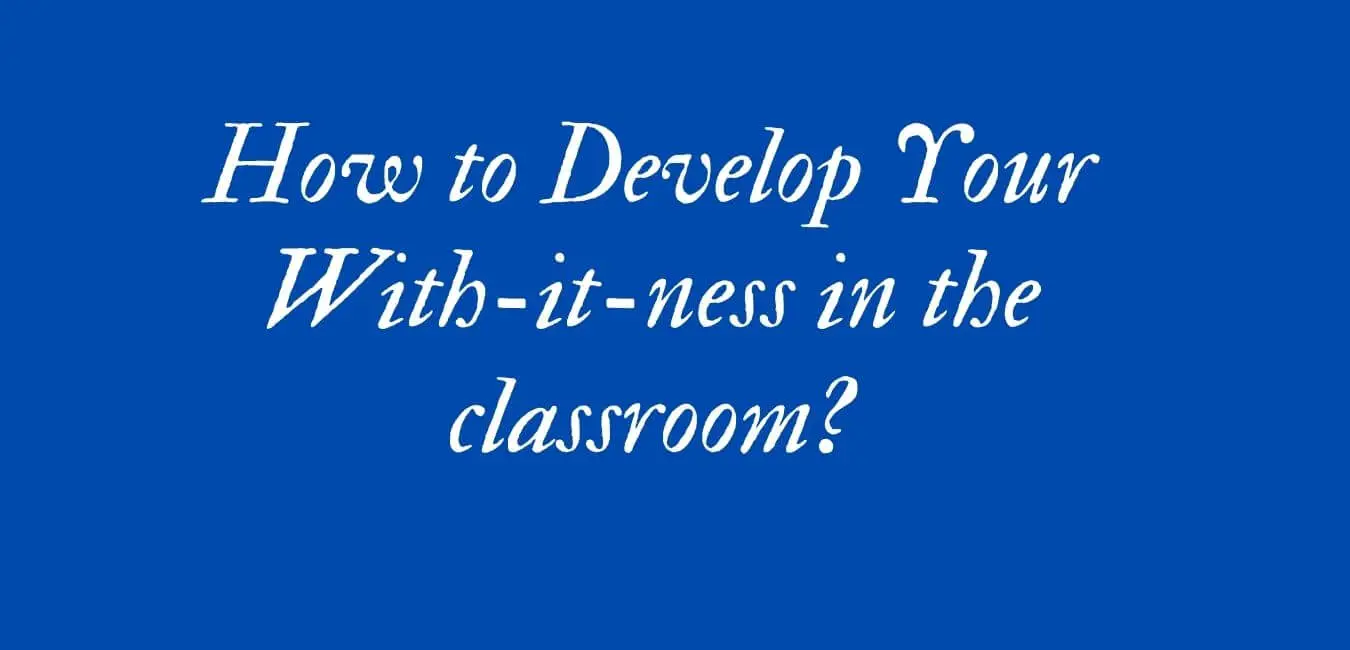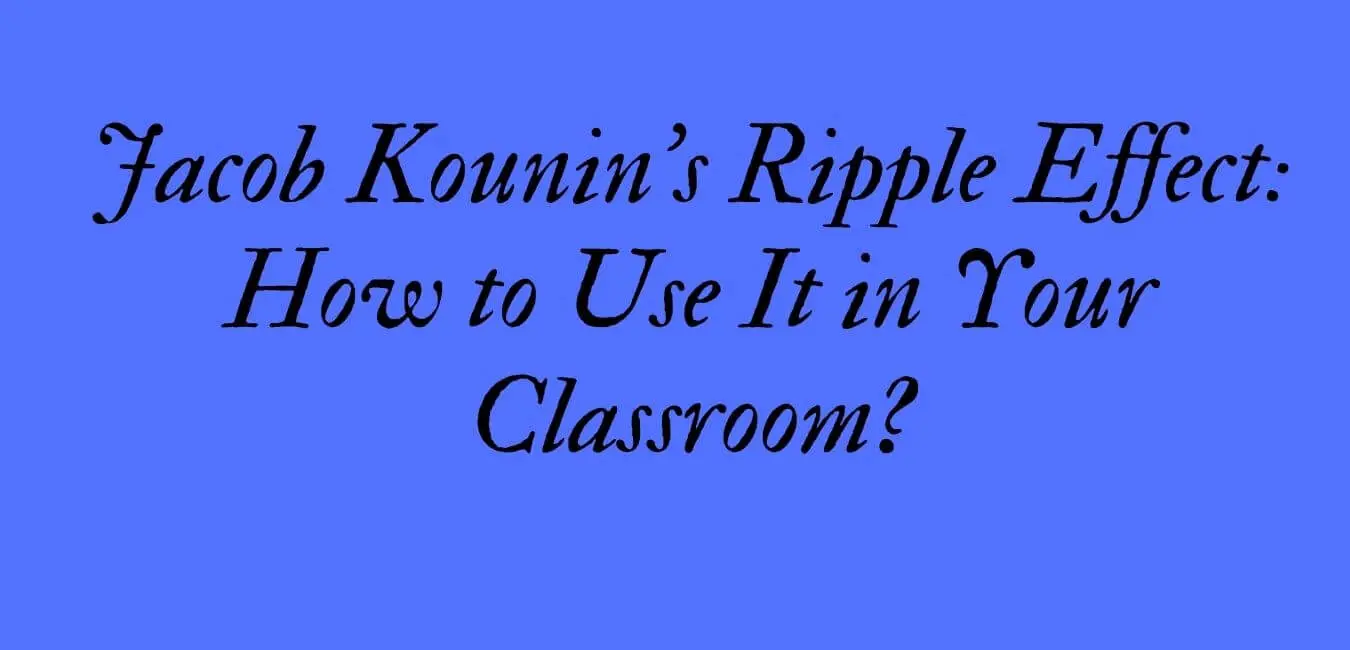Classroom management is extremely essential in promoting effective education. This is because effective learning takes place in an environment that is favorable. Effective classroom management is what helps us in creating a suitable environment for learning. We have noted from our previous works that every teacher must-have classroom management that is based on a tested and a proven model.
Canter’s model of classroom management is widely considered as the “take charge” approach to discipline where the teacher controls every aspect of the classroom. This is one of the most controversial models in classroom management literature.
One way or the other, this model stood the test of time and is still used by teachers in recent times. This is the reason why I think it is essential for us to understand this approach to behavior management in the classroom.
Overview of the Model
This approach has been a case of controversies. This is because of the arguments around it. The disagreements are about whether it is applicable and works in the long run. Some people argue that it produces quick results at the expense of producing responsible students.
For example, Render et al (1989) believe that the literature on classroom management doesn’t support the assumptions and principles of Canters’ model. A rebuttal was quickly made by McCormack (1989) who claimed that the model works. This debate has continued until today.
It is appropriate for us to understand the following in our quest to comprehend this approach to classroom management. These are:
1. The Role of the Teacher: In a typical Canters’ classroom, the teacher takes charge of everything without any collaboration with the students. Some scholars likened the teacher to an “Alpha male wolf” who controls, directs, settles disputes, and ensures the welfare of the entire pack of wolves.
This suggests that the teacher also controls and decides the well-being of the group of students in the classroom.
Remember, whenever there is the Alpha wolf, there will be an Omega male wolf. The Omega male wolf occupies the bottom end of the community and possesses no power. Mostly this wolf has a difficult life under the Alpha wolf.
The assumption of this approach is that everyone in the classroom will well off in the class if someone is clearly in charge of affairs. And the belief is that the teacher is the right person to take control of all the activities in the class.
It is important for you to understand that the “take charge” feature of the teacher has been the center of all the controversies around this model.
2. What are the Demands of the Teacher?
Here, Canters try to discuss the expectations of the teacher from his/her students. They claim that the teacher uses statements such as: ‘I would like you……’; ‘I want you to….’; ‘I expect you to……’; ‘I need you to….’: when giving instructions. With this, some people argue that those statements are like saying: I want you to do this and if you don’t, I’ll give you an uncomfortable punishment.
The Canters believe that it is extremely important for the teacher to establish clear and unambiguous rules such that everyone will know how to behave in the classroom. That is, it is the responsibility of the teacher to state acceptable and/or unacceptable behaviors clearly so that even a new student will understand them.
3. Teachers’ Response Style
How does the teacher respond to student behavior? According to proponents of this approach, the teacher has to be tough and assertive. They, therefore, argue that there are three main types of responding to students and their behavior as shown in the following:
- Assertive teachers always and consistently guard the rights of both the teacher and the students. This suggests that the teacher sets the rules of behavior and always insists students abide by them. Thus, the teacher always has to back his/her words with actions (positive and negative consequences). These teachers meet their needs first, and then work to meet the interest of all the students.
- Hostile teachers are aversive and use techniques such as threats in getting their students to comply in the classroom. They also use sarcasm sometimes in responding to students. Their belief is that there will be chaos if they don’t control the students with threats. However, this will provoke the emotions of students and proper learning can’t take place in such an environment. They meet their needs first but don’t work for the best interest of the students.
- Nonassertive teachers are passive, inconsistent, and relax in imposing their expectations and demands. With this, they become weak in the eyes of the students and therefore find it difficult to meet their needs first. They don’t also work for the interest of the students.
The idea here is that every teacher has to make sure that his/her needs are met before they can think of helping their students. It is like saying that if you can’t take care of yourself you can’t take care of others. Hence, Canters belief that you have to be an assertive teacher to be able to do that.
4. Positive Recognition
According to Canters, it is important to recognize the efforts of all the students who comply with the demands of the teacher. They argue that teachers should praise all the students in the day. This idea is central to this model.
Praise is an important tool an assertive teacher uses a lot in the classroom. Even though some people may find problems with the use of praise and rewards in the classroom, it remains an important tool in a typical Canters classroom.
The idea is that the teacher has to identify what each and every student value as a reward or praise and use that to encourage them to comply with classroom rules and regulations. However, this can be a difficult task for the teacher.
To help assertive teachers in supplying rewards, Canters suggested the use of seasonal motivators, monthly citizen slips, bulletin boards, and ready-to-fill in awards. Several schools have developed their own reward systems to help their teachers supply rewards in the classroom.
But Canters’ positive recognition doesn’t only concentrate on positive consequences. They also said something about dispensing negative consequences. They emphasize that the teacher should make clear rules and make sure all students understand them. With this, students will take charge of their own destinies and make their own choices.
Some scholars have identified some problems with this approach of controlling and influencing students. Some of them are shown below:
- They argue that the use of positive recognition as taught by the Canters promotes unnecessary competition among students to please the teacher. Even Canters themselves now recommend the use of “behavioral narrations” instead of saying “I like” statements in praising students.
- They also stated that the more the teacher uses praises the more its value diminishes. That is, if the teacher praises everyone in the classroom, what then is the value of the praise?
5. How to Give Instructions
How does the assertive teacher give instructions? Does he/she have to be mean, hostile, and/or abusive? According to the Canters the teacher has to be firm, clear, consistent, and calm in issuing messages in the classroom. He/she does not have to be mean, hostile, and abusive in the class.
They recommended the following when giving verbal instructions:
- The tone of voice should be neutral but carried out in a firm manner.
- The teacher should have close eye contact with the student when delivering the message.
- The teacher should use gestures to add more strength to the message he/she intends to carry across.
- The teacher should not forget to use students’ names to his/her advantage. This can help the teacher in grabbing the attention of their students in the classroom.
6. Canters’ I-Message
They proposed a confrontational skills guide to help teachers deal with their students’ misbehavior in the classroom. The use of I-messages informs the students about how their teacher feels about their behavior and tells the students how to change their behavior. There are three parts to giving I-messages. They are:
- “I feel…”: Here, the teacher mentions the feeling he/she has about the students’ behavior.
- “When you…”: The teacher states the problem with that students’ behavior.
- “I would like…”: Finally, she/he tells the students what to do to make things better.
For example, Mr. Fred’s I-message could be like this: Levant, I feel annoyed when you are humming and making noise while I try to teach, and I want you to stop making noise and pay attention to me. This statement leaves no room for the student to misinterpret what he has said. The underlying principle is that there will be a consequence that follows the statement. This is most effective according to the Canters because it is clear enough for the student to understand.
Where Does Model Fit In?
This model clearly can be traced to French and Raven’s Social Bases of Power. This comes under “coercive” and “reward” powers. With this, the teacher tries to make use of coercion and rewards in an attempt to control and manage his/her students. To find more about this, read more here.
Also, it can be found in the interventionist’s strategy of Wolfgang and Glickman’s Schools of Thought framework of the discipline. Here, the teacher believes that someone should intervene in the classroom to make sure that the welfare of all is met. And that it is the sole responsibility of the teacher to do that. Therefore, he/she should be the “boss” as advocated by the Canters.
The principles of this model are in line with the ideas of Skinner in the Skinnerian-Rogerian dichotomy. The only difference is that Skinner doesn’t make much use of coercive power and makes heavy use of reward power. This is in line with the “control” category of the Lewis Keep It Simple framework.
Does this Model Work?
Hmmm, I do hear questions like, does that model work? This is a difficult question to ask. Anyway, it depends on the meaning you assign to that question. It works for both experienced and new teachers to help them gain and control their classrooms. So, if the expected answer from the question is: “the ability to gain control over the students”, then it works well.
Also, if you are going to measure the answer to your question by how many materials and books available on the model, then it is a definite “Yes”. There is no other model that has more books and workbooks than assertive discipline.
But if your answer to the question, is the collective sharing of the classroom with your students, then it will not work for you. If you don’t want to be “the boss” then it doesn’t work. Thus, if you want to be “the leader” in the classroom.
Also, if you don’t feel comfortable using “only a common-sense combination of behavioral psychology and traditional authoritarianism” in managing your students, then this model won’t work for you.
More so, this model will not work for you if you aren’t ready to dictate and dominate your students. Also, if you believe that your students view praise and reward as low teacher expectations, then this model won’t work for you.
Finally, it is imperative for you to know that the question about whether this model works or not depends on whether you can use it in today’s classroom. The answer to the question can be found by reading more on the model. The decision to use it depends on you.
This Model and Democracy
Per the principles of this model, it is clear that it doesn’t support the principles of democracy. For example, the principles of collaboration and freedom to express one’s will and choice are limited.
This is because of the fact that the teacher is the “boss” of the classroom. The teacher therefore controls and directs all activities within the classroom.
The choice is a key element of democracy in the classroom. But an assertive classroom limits the number of choices available for the students to make. This affects all other principles of democracy. Thus, the teacher dominates the students and denies them the opportunity to explore and stand for what they believed in.
Is this Model for You?
This is the question only you can answer. That is, are the principles of this model in line with your personal beliefs? Are they those principles you are comfortable implementing? Can you defend your decision to use this model in your classroom?
Your answers to the questions above will help you to determine whether to adopt and use this model in your class. In making the decision, you need to assess the pros and cons of the model and whether it is applicable in today’s classroom.
Conclusion
To conclude, it is clear from the above that an assertive teacher is the boss of the class who controls his/her students’ behavior. He/she avoids being hostile, weak, mean, and abusive in the conduct of activities in the classroom. The teacher makes heavy use of coercive and reward power in getting students to comply.












